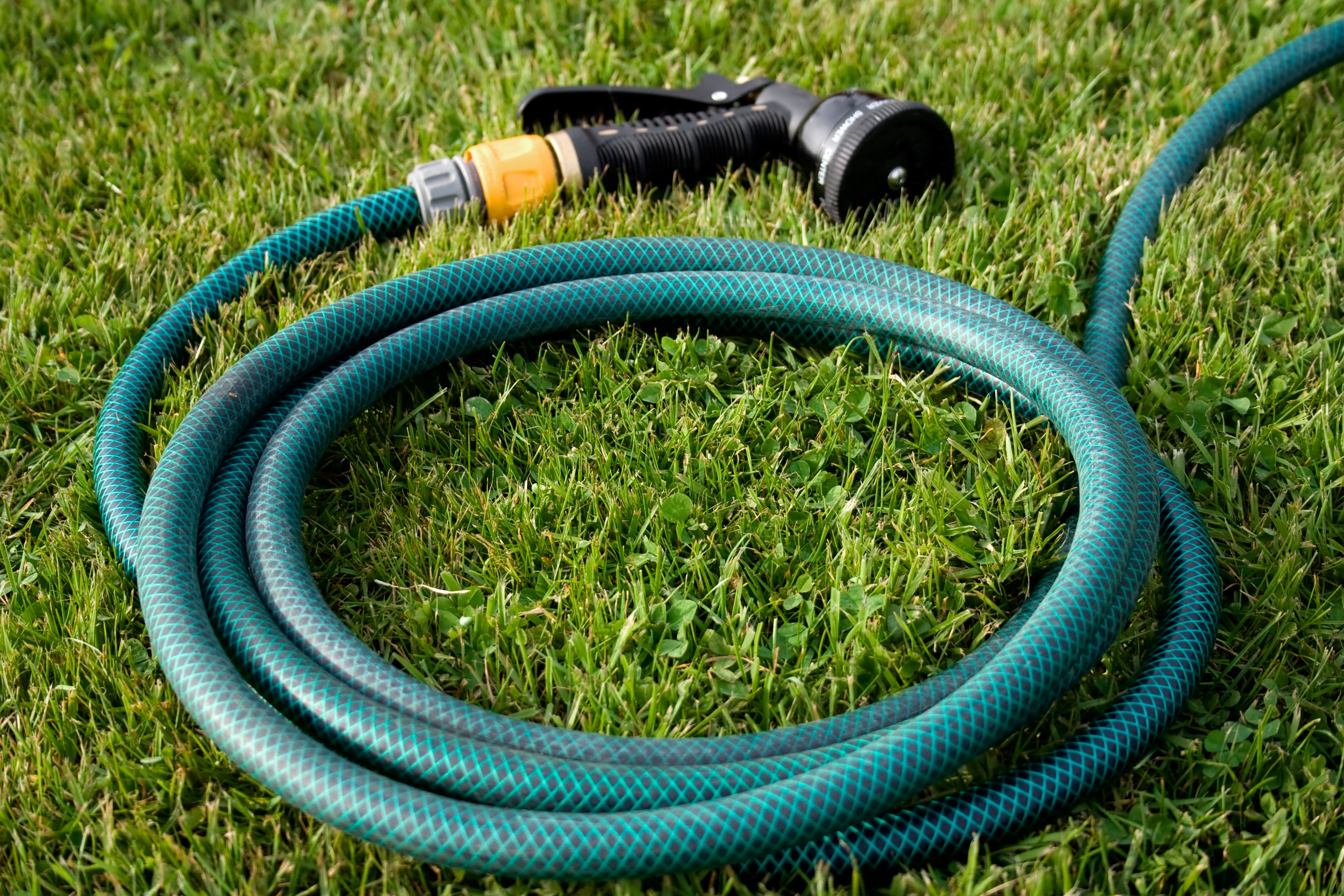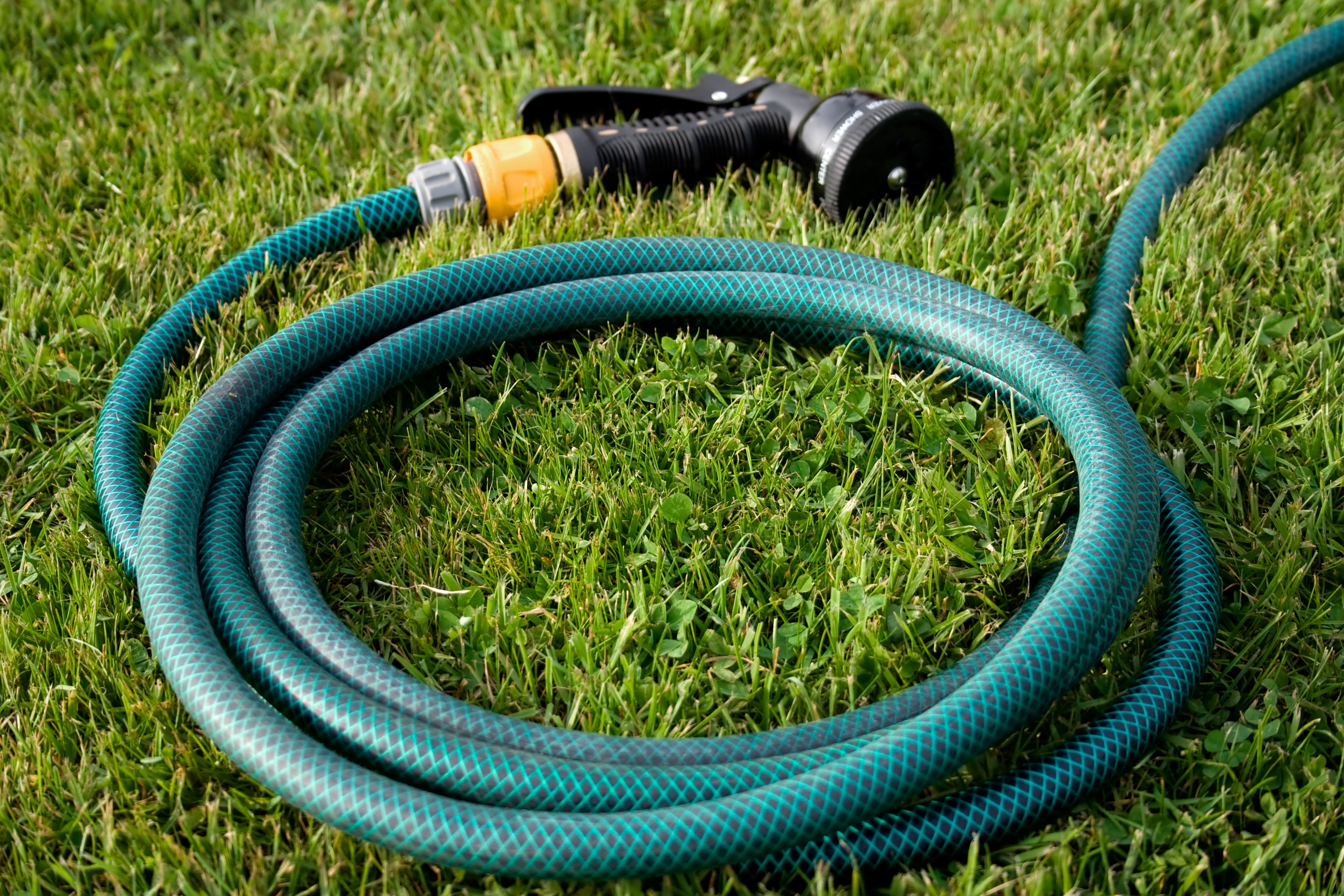
Now that we’re in the throes of a heatwave, the time is prudent to alert people to the inherent dangers which could lurk in what at first appearances seem the most innocuous of inanimate objects. For the purposes of this blog we’re referring to the otherwise humble and unassuming garden hose; which could be home to the dreaded legionella bacteria without you even knowing. Of course, we don’t wish to scaremonger, merely – and as is our duty – alert people to the potential threats posed by one of the most unlikely of sources at this time of year.
That said, you simply can’t afford to ignore the possible risk of legionella which might exist within an item we’re all only too familiar with during the summer months, and frequent daily in some cases. More normally associated with much larger water-storage systems (essentially the cooling towers observed in a range of public buildings including workplaces, hospitals, care homes, schools and hotels to name just a few examples), legionella is equally partial to loitering in our garden hoses; courtesy of this vessel of sorts being privy to the sort of temperature fluctuations which provide the perfect breeding ground for the potentially deadly water-borne bacteria.
In recent years there have been counts here in the UK of gardeners falling victim to Legionnaires’ disease, in the aftermath of unwittingly being exposed to contaminated water vapours and droplets; with the garden hose being traced back as the root cause of untimely demises. Once such tragic case involved a 63-year old man from Norfolk, who in 2017 succumbed to the disease in the most shocking and unprecedented of circumstances having unfolded. According to experts it’s understood that the deceased gentleman had inhaled the fine mist produced by his hose (which he’d been using to spray part of his garden), having left said hose unfurled and unattended across the lawn in the period prior to his rapidly deteriorating health; which allowed for variations in temperate to take place.
Indeed, the man’s widow told local press that her husband passed barely a week after using the hose to clean the terrace of the cottage they shared, going on to explain how her late husband had left the hose in the sunshine for a month beforehand. It was since determined that water present in the hose during this passage of time had triggering bacteria formation and heralded the start of this devastating series of events which followed in due course. As it happened this particular incident happened in the early part of the year, yet illustrates that the sun has enough power even in February to contribute to the breeding of legionella in susceptible items and systems.
Don’t Risk Encouraging Legionella by Leaving Garden Hoses with Water in During Hot Conditions
And now with summer upon us, it’s even more imperative that people’s awareness of how garden hoses can, ultimately instigate a chain of events culminating in serious illness (and possibly death), is heightened. And it’s not just garden hoses which pose a significant threat at this time of year, as hot tubs and vehicle washing devices also shouldn’t be ignored, as both are in prevalent use here and now, and both means of relaxation and car-cleaning respectively, harbour largely unseen dangers from the menace of legionella. The common denominator being man-made water storage facilities whereby temperatures can range between 20-45 ◦C; or in other words, the perfect level for the bacteria to grow. Elsewhere, and although very rare in occurrence, it’s reported that another strain of legionella, namely longbeachae can also manifest in the most perverse of horticultural situations; with six cases in Scotland noted to date. Experts confirmed that this strain comes to bear when compost decomposes, particularly in the heat of summer. Gardeners have been warned not to open compost bags in close proximity to their heads, just so they don’t risk inhaling any bacteria which may be present within the dust particles which are released at this juncture. Damping down the compost prior to potting also reduces any dust, while it’s advised to keep compost outside of greenhouses so as to minimise the compost becoming overly heated; thus generating increased levels of bacteria.
From a gardener’s perspective, the Royal Horticultural Society issues the following advice and warnings which should always be heeded. In terms of garden hoses, and the respected organisation suggests that hoses should always be drained after use, while it’s equally important not to leave hoses rolled out where they can be exposed to the sun. Meanwhile the RHS advises the following procedure, practice and protocol when it comes to appreciating the risk of legionella around the garden, and doing all you can to eliminate the threat in the first place;
- Empty the water out of garden hoses post-use and ensure that you don’t leave full hoses in the sun once you’ve finished watering
- Avoid splashing water around when watering pots
- If the temperature of stored water for use in mist irrigation (or sprinklers) is above 20°C, do not use






